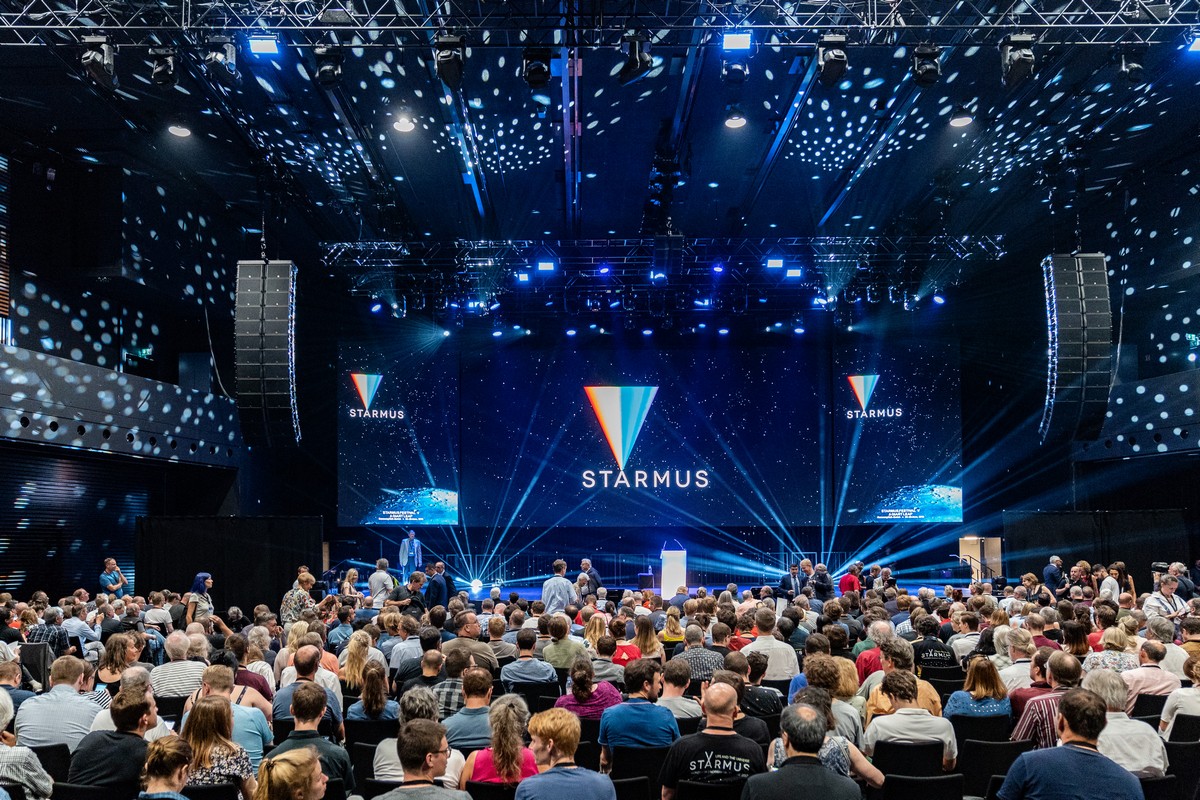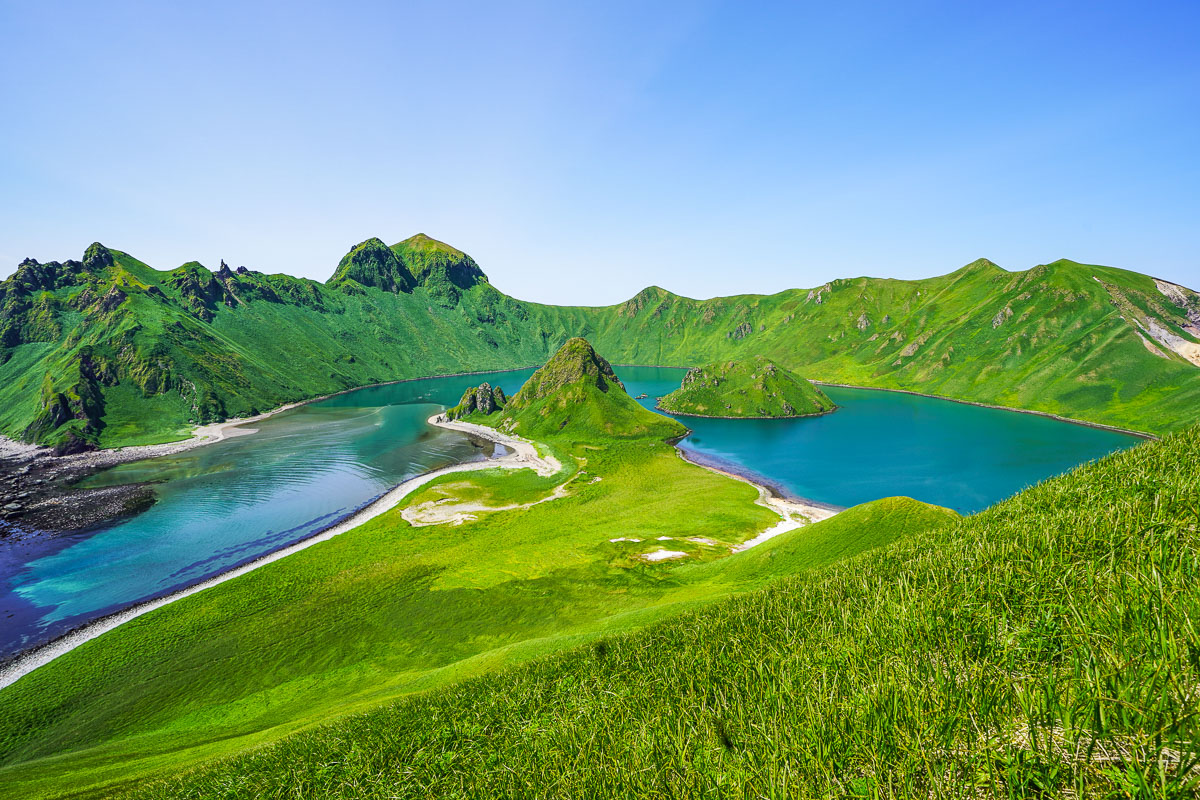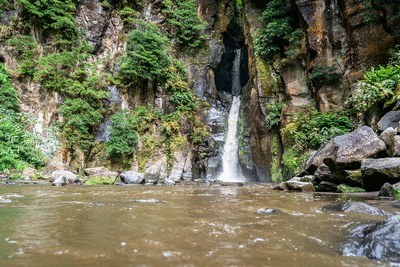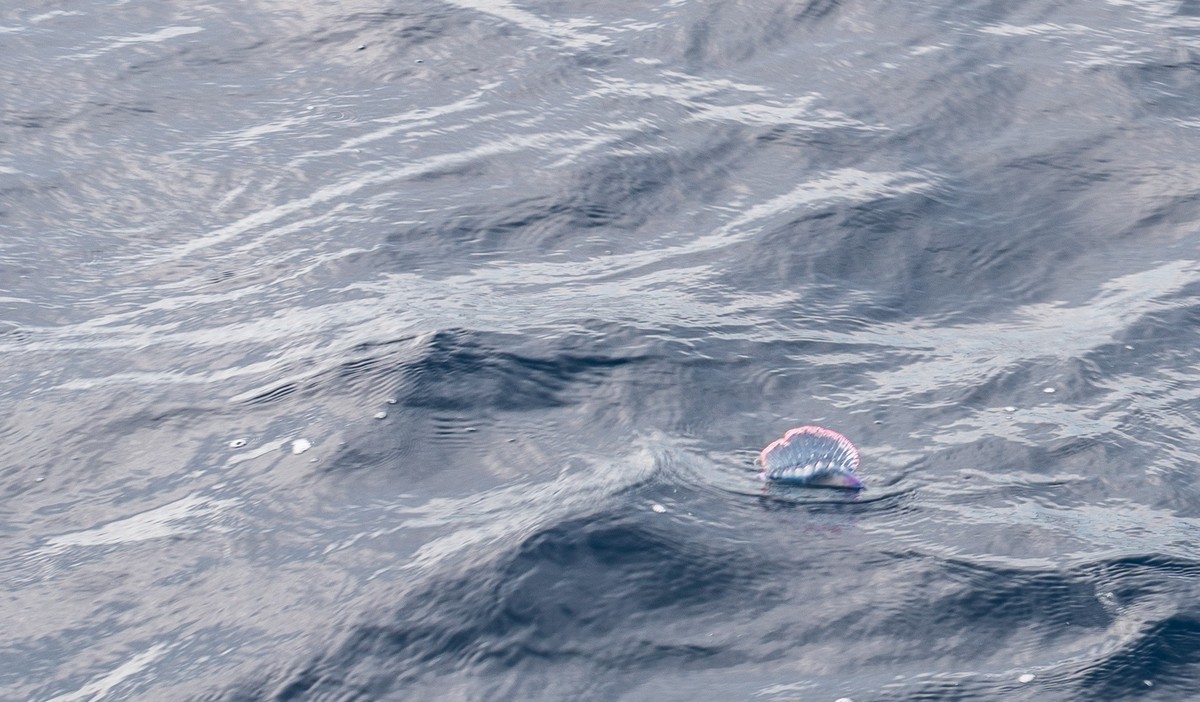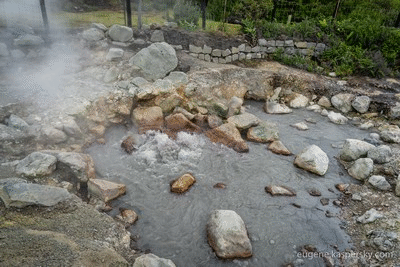July 30, 2019
Starmus 2019 – from Apollo to Virgo, Buzz Aldrin to Brian May, and exoplanets to extremely large telescopes.
Guten tag folks!
As promised earlier, herewith, a bit lot more detail on some of the presentations at this year’s Starmus in Zurich. The main theme here: the first moon landing.
Quick (relevant) digression: it was our traditional all-day-and-night birthday bash the other week, and since it’s just a few days since the 50th anniversary of the Neil Armstrong’s giant leap for mankind, we thought we’d add a sprinkling of cosmonautical space dust to the proceedings: we invited along two very experienced and very highly-respected astronauts: Oleg Kotov and Sergey Krikalyov. (And let me tell you that both of them have no doubts whatsoever that the Americans really did land on the moon!)
But back to the Starmus highlights. Let me go through some of the best few presentations:
Gerry Griffin was one of the managing directors of the Apollo Program. He was one of the heroes who managed to get the stricken Apollo 13 back to earth safely. A very interesting story – dramatized many times, most notably in the 1995 movie Apollo 13 starring Tom Hanks.

